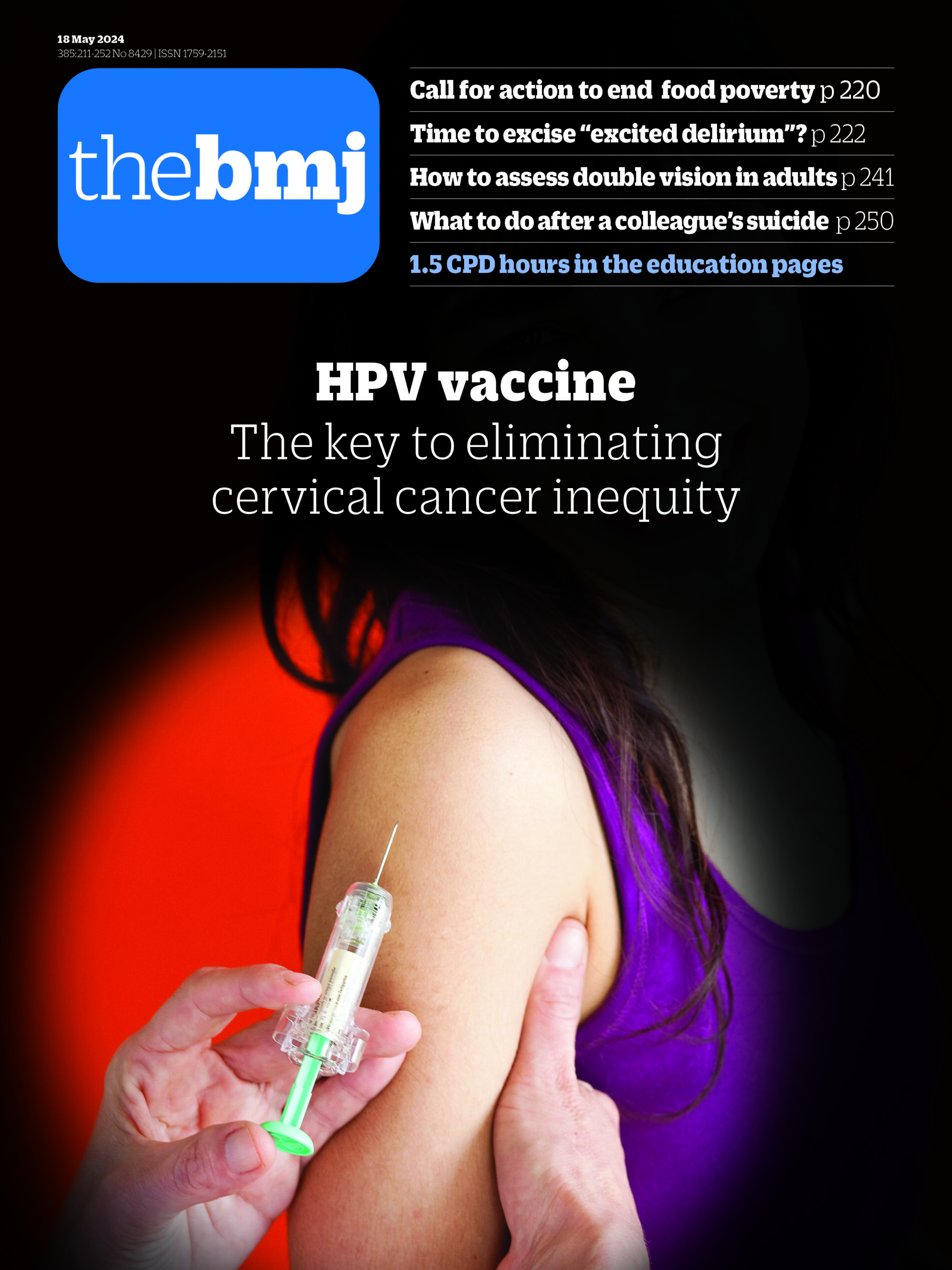Researchers developed a miniature “tumor farm” model that uses biopsied tumor cells to enable personalized, 3-D testing of the cells’ response to various lung cancer drugs.
The platform — the result of a collaborative effort led by Ian Papautsky, PhD, the Richard and Loan Hill professor of biomedical engineering at University of Illinois Chicago, and Takeshi Shimamura, PhD, MS, associate professor at the university and principal investigator at the Shimamura lab — uses tumor cells harvested during biopsy to grow hundreds of microscopic tumors.

A miniature “tumor farm” model that biopsied tumor cells to enable personalized, 3-D testing of the cells’ response to various lung cancer drugs. Image: Adobe Stock
Investigators expose these patient-derived “organoids” to a comprehensive menu of cancer drugs using microfluidics to predict the optimal treatment for each patient.
Results of preliminary studies published in Lab On a Chip show the model is able to mimic lung tumors and their microenvironment to assess drug sensitivity and resistance. If the platform is clinically approved, it could be used to quickly evaluate a broad array of drugs — either alone or in combination — for each patient.
“A number of other systems work with organoids, but our system is specifically designed for looking at the response to treatment, whereas other systems might be looking at growing healthy tissues,” Papautsky told Healio. “In our case, we’re interested in very quickly growing these organoids and then being able to assess the drug response in a few days. We’re not looking to grow them for months at a time, because the goal is to get the information to the oncologist to help the patient.”
Healio spoke with Papautsky and Shimamura about how the model works, how it has performed so far and their plans for future research.
Healio: What does this system consist of and how does it work?
Papautsky: Our system builds an array of miniature, rounded wells. When we collect tissue from a patient, a miniscule amount of patient tissue goes into these wells. There are hundreds of these micro-wells in this large system. We then can measure how these miniature tumors respond to treatment and how they grow. We can monitor their progress.
Healio: How has this been evaluated so far and how has it performed?
Papautsky: We have tested this approach using both lung cancer cell lines and also with patient-derived organoids. We’ve looked at tissues that have had both EGFR and KRAS G12C mutations, and they show a response that is analogous to what we see with two dimensional cultures. There are clinically relevant responses from all of the tissue types.
Healio: How could this model improve personalization of lung cancer treatment?
Shimamura: The biopsy sample for the lung is very difficult. The pleural effusion samples from patients with lung cancer have to be drained once in a while but do contain a lot of tumor cells, as well. Those are the patients who usually require very effective chemotherapy or other targeted therapies to minimize the disease. The first layer of the trial was the cell line and the second is the patient-derived organoids. Next would be to utilize these pleural effusion-isolated cancer cells to really screen for which drug will be most effective. Then we have to set up phase 1 trials. We are collaborating with physicians to implement strategies to go forward.
Healio: What still needs to be assessed and what unanswered questions remain?
Shimamura: We’ve been using the cells from the patient-derived organoids (PDOs), which we know harbor the mutation that sensitizes the cells for targeted therapies. However, in reality, there are many patients without these mutations. We have to deal with something we don’t know anything about. We have to evaluate PDOs or maybe unknown patient isolates to see if this system can utilize the chemotherapy that is normally used to treat lung cancer. It might sound underwhelming but, if we know which chemotherapy works best for a certain patient, this is advancing personalized medicine.
Papautsky: We’re working toward scaling these micro-wells to accommodate multiple drugs for combination as well as sequential treatment. That’s where we’re headed in the future. We want to integrate the ability to bring multiple drugs or combinations of drugs and be able to test them on a large number of these organoids that would give us statistical significance in their response.
Healio: Is there anything else you’d like to mention?
Shimamura: As Dr. Papautsky mentioned, there are systems that we can commercially purchase, but these systems are not designed to accommodate the weird shapes that PDOs often have. This system is beautifully designed to force these spheroids into the same size or similar size, so that the standard deviation is very small in terms of the well-to-well differences in the cell size. If we’re going to assess the drug response, we need similar-sized materials to make sure the results are statistically significant. That is the beauty of this system. On top of it, [Papautsky’s] expertise in microfluidics enables us to do sequential or combination treatment and then measure the response with statistical significance.
References :
For more information :
Ian Papautsky, PhD, can be reached at papauts@uic.edu.
Takeshi Shimamura, PhD, MS, can reached at tshima2@uic.edu.










